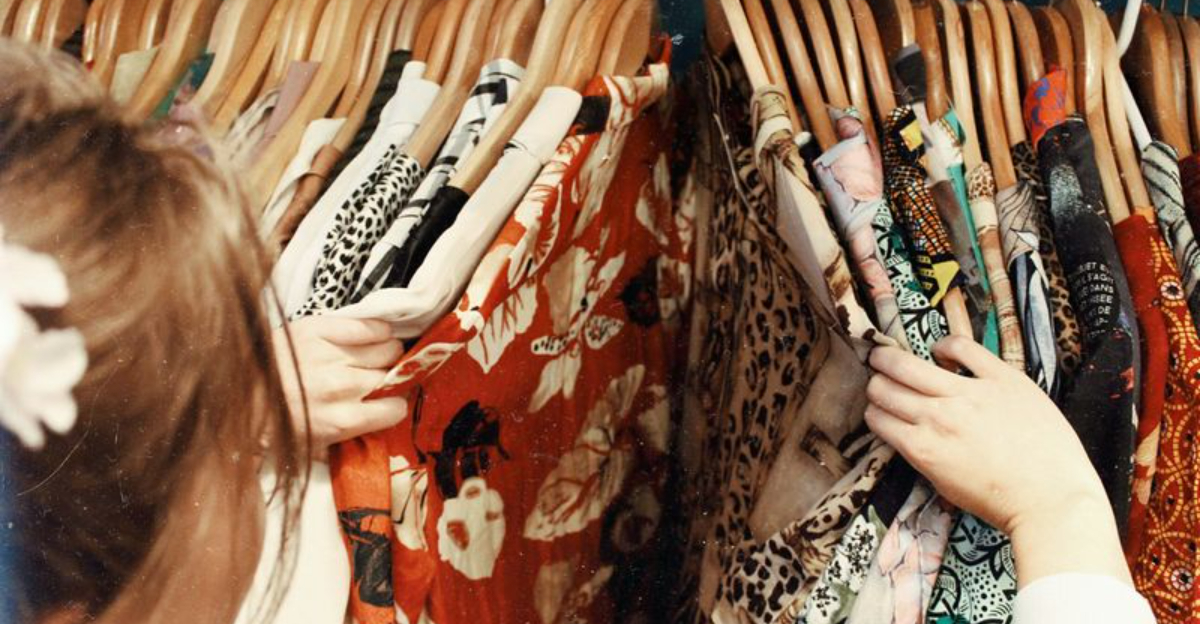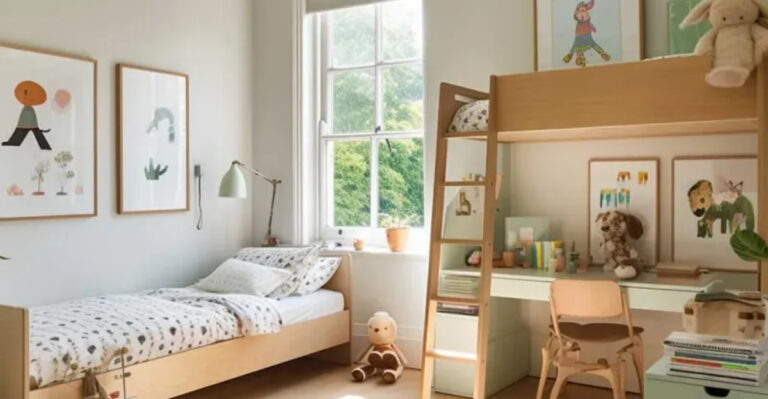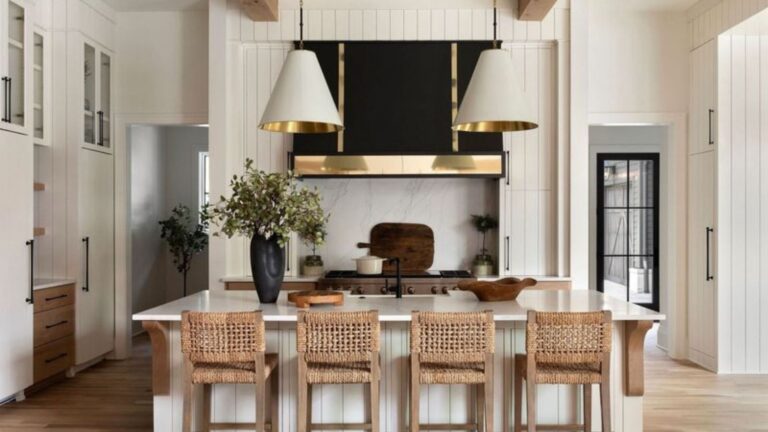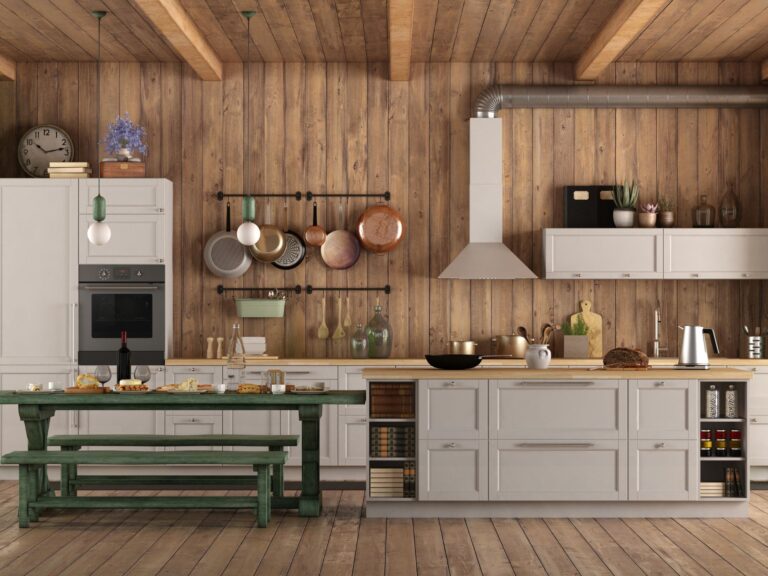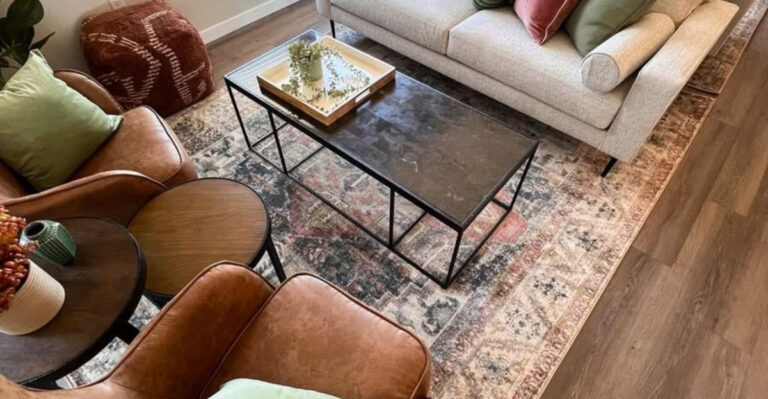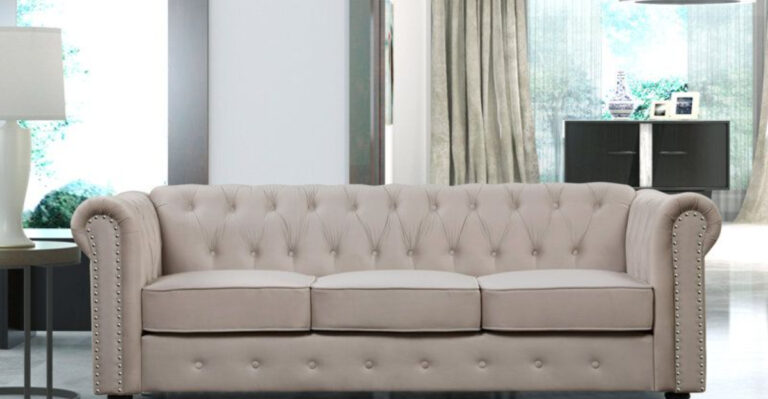17 Things I Quit Doing That Instantly Made My Home Tidier And Inviting
I used to wonder why my home always felt messy, no matter how often I cleaned. Turns out, I was the one causing most of the mess without even realizing it.
Once I started paying attention to a few everyday habits, everything changed. I didn’t need more cleaning routines or fancy storage bins, I just had to stop doing the things that were quietly creating chaos.
It was honestly kind of freeing. If your place feels cluttered no matter what you do, you might be making the same sneaky mistakes.
1. Leaving Shoes By The Door
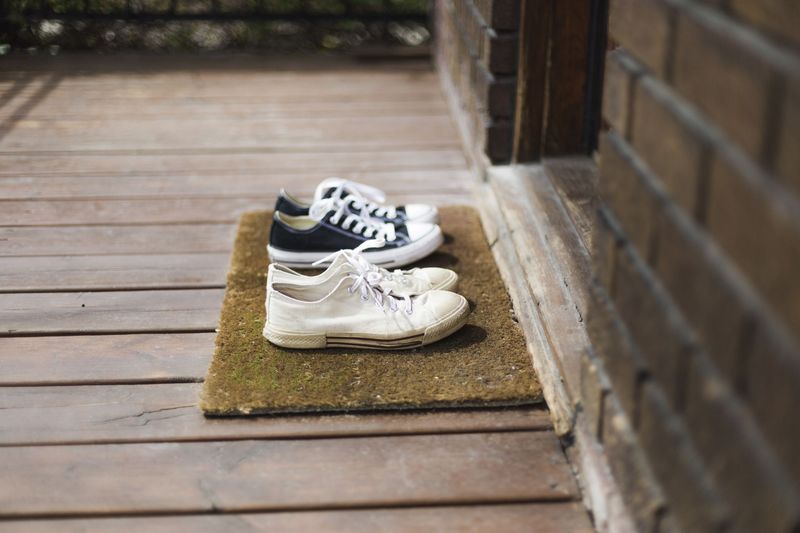
My entryway used to resemble a shoe store after an earthquake. Now I’ve banished the pile-up by storing footwear in a sleek cabinet immediately after entering.
Family members initially grumbled about the extra step, but quickly adapted when they noticed how much more welcoming our entrance became. The floor stays cleaner too, since outdoor grime stays contained.
Bonus: no more morning panic attacks searching for matching shoes when we’re running late!
2. Collecting Free Stuff I Don’t Need
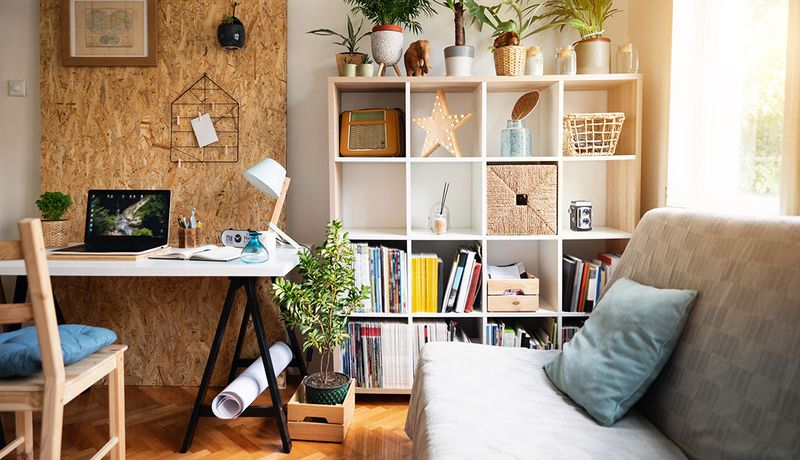
Those promotional pens, conference totes, and hotel shampoos? They were multiplying in my drawers like rabbits. I’ve implemented a strict “no freebies unless immediately useful” policy.
My drawers can actually close now! Free stuff isn’t really free when you consider the mental cost of clutter and the physical space it occupies in your home.
Now I politely decline swag bags and only keep items I genuinely need, saving both space and sanity.
3. Buying Bargains Just Because They’re Cheap

That $5 lamp seemed like a steal until it joined my collection of never-used bargains. I’ve stopped confusing low prices with actual value.
My new shopping mantra: “Is this something I need or truly love?” If not, I leave it at the store. Shopping dopamine hits are temporary, but clutter is forever—unless you make better choices!
My wallet thanks me too, as those “small purchases” actually added up to hundreds of wasted dollars yearly.
4. Keeping Empty Boxes
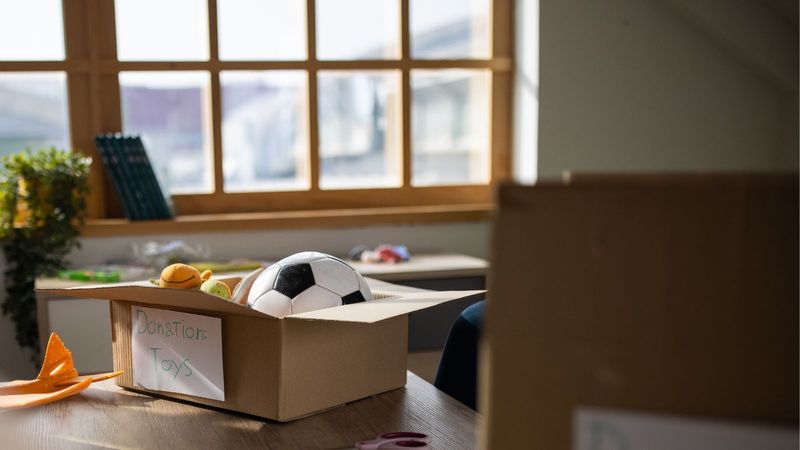
I used to hoard packaging from electronics and appliances “just in case” I needed to return them. News flash: most returns happen within weeks, not years!
Now I keep boxes only for items still under warranty or those with high resale value. Everything else gets recycled immediately. My storage closet has transformed from a cardboard castle to a functional space.
For items I might sell later, I take quick photos of the box and serial numbers instead of keeping the actual packaging.
5. Piling Mail On The Counter

Mail used to reproduce on my kitchen counter like it was running some kind of paper-based dating service. I’ve installed a sorting station with three simple categories: action needed, shred, and recycle.
I handle mail immediately when it enters the house—no exceptions! Bills go straight to my payment folder, junk mail meets the recycling bin, and important documents find their forever home in a filing cabinet.
The kitchen counter is now for food prep only, not as a paper storage facility.
6. Keeping Mismatched Tupperware
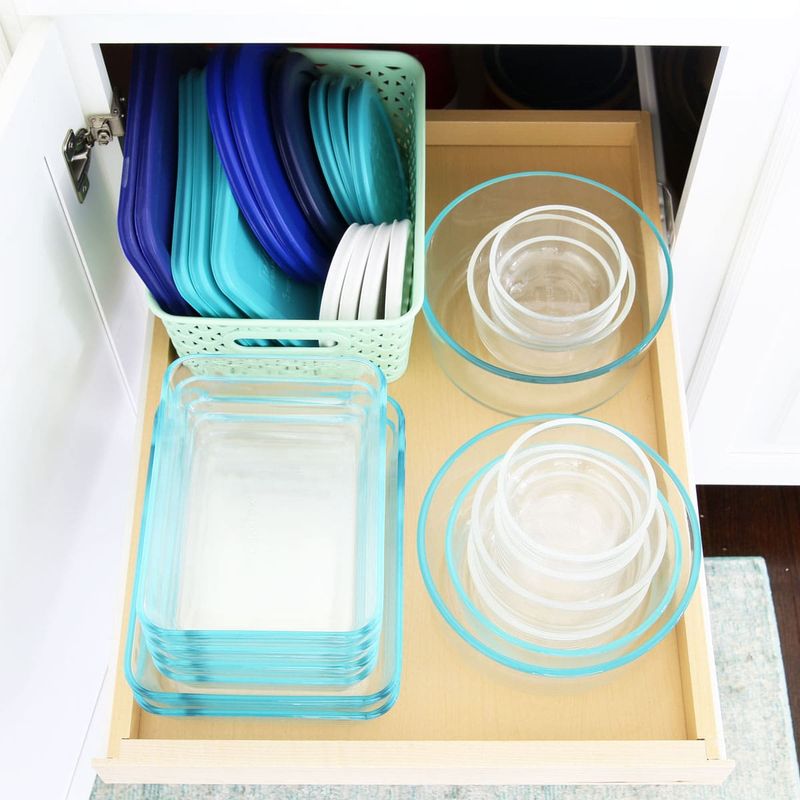
My cabinets were a plastic container graveyard—lids without bottoms, bottoms without lids, playing a never-ending game of hide and seek. I’ve purged the misfits and invested in a single matching set.
Food storage is now a stress-free experience rather than a frustrating treasure hunt. Everything nests together beautifully, saving precious cabinet space.
I maintain the harmony by immediately tossing any piece that loses its partner, preventing the plastic chaos from returning.
7. Holding Onto Outgrown Clothes

“I might fit into these jeans again someday” was my favorite fantasy story. Those aspirational clothes were just taking up space and triggering guilt every time I opened my closet.
Now I follow a simple rule: if I haven’t worn it in a year, out it goes! My closet contains only clothes that fit my current body and lifestyle. Getting dressed is actually enjoyable now.
As a fun twist, I’ve turned the money from selling quality pieces into a fund for clothes that make me feel fantastic today.
8. Using Multiple Cleaning Products
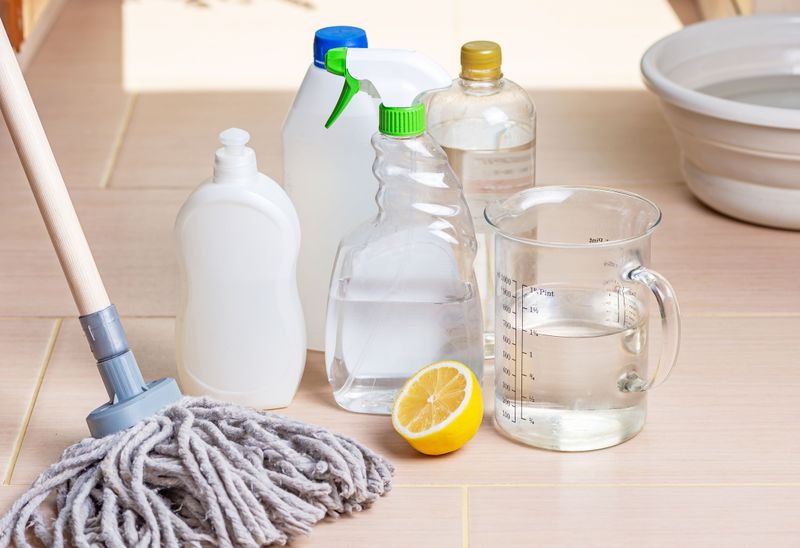
My cleaning cabinet used to rival a small convenience store with specialized products for every surface imaginable. What a waste of space and money!
I’ve simplified to just four multi-purpose cleaners that handle everything effectively. Fewer bottles means less visual clutter and more storage space. Clean-up is faster too, since I’m not constantly switching between products.
My bathroom looks particularly zen now without twenty bottles fighting for shower space like tiny plastic soldiers.
9. Saving Sentimental Clutter
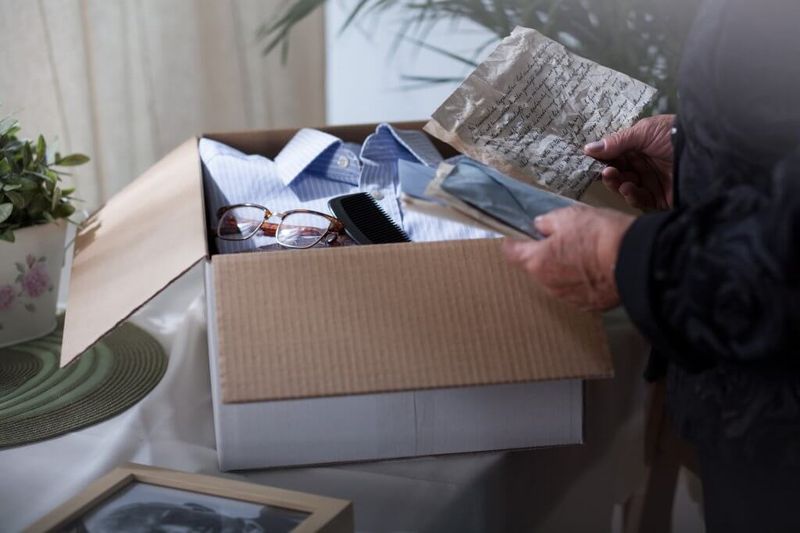
Every birthday card, concert ticket, and child’s art project used to enter my home’s witness protection program—never to be thrown away. These memory items were taking over entire drawers!
I now digitize the truly special pieces and display only the absolute favorites. Taking photos before discarding physical items preserves the memory without preserving the clutter.
For my kids’ artwork, I maintain a rotating gallery wall where new masterpieces replace older ones, keeping things fresh and manageable.
10. Keeping The “Might Need It Someday” Pile
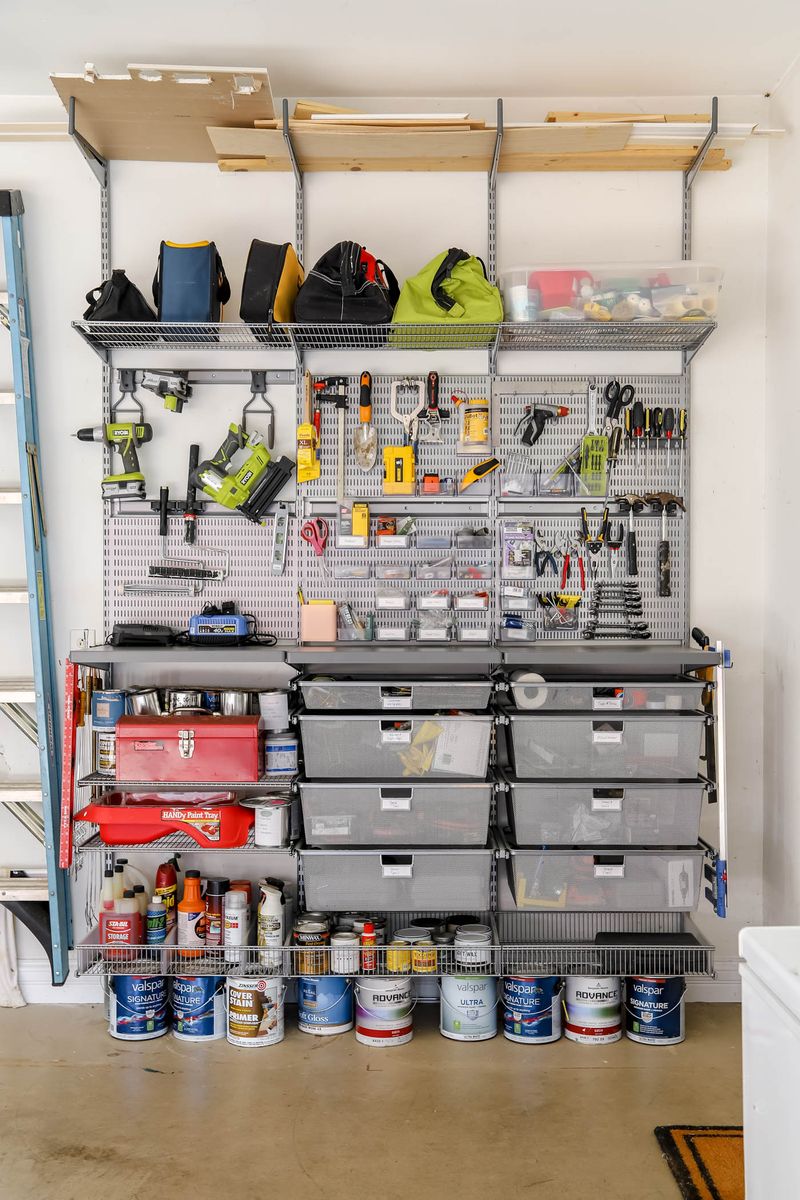
My garage was basically a museum of abandoned projects and “just in case” purchases. Random cables, fabric scraps, and mysterious hardware lived there rent-free for years.
I’ve embraced a revolutionary concept: if I need something later, I can buy it again. The freedom this mindset brings far outweighs the rare occasion when I actually need to replace something.
My new rule: if I can’t identify an item’s purpose immediately or haven’t used it in 12 months, it’s gone!
11. Ignoring The Junk Drawer
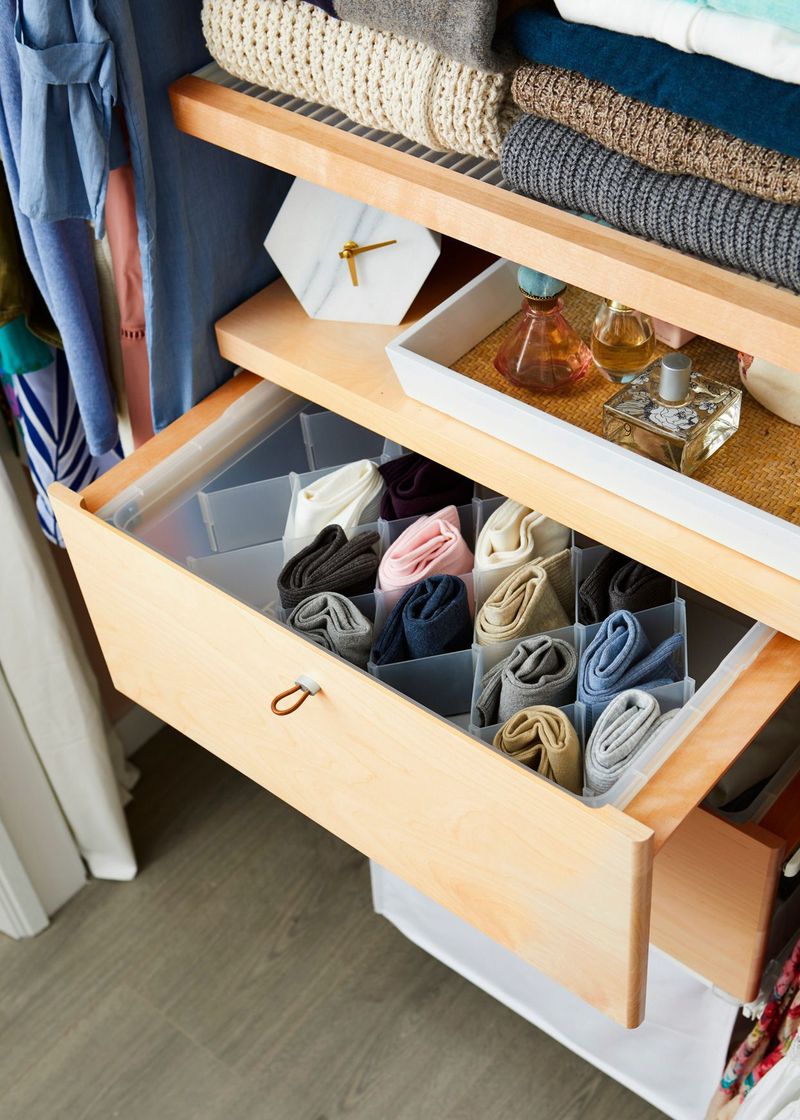
My infamous junk drawer was like a black hole—things went in but never came out. It had become a convenient excuse to avoid proper organization.
I’ve converted it into a purposeful utility drawer with dividers for batteries, tools, and office supplies. Nothing goes in without a designated space, preventing the return of random clutter.
Regular maintenance keeps it functional—I spend five minutes weekly returning items to their proper homes elsewhere in the house.
12. Letting Dirty Dishes Pile Up
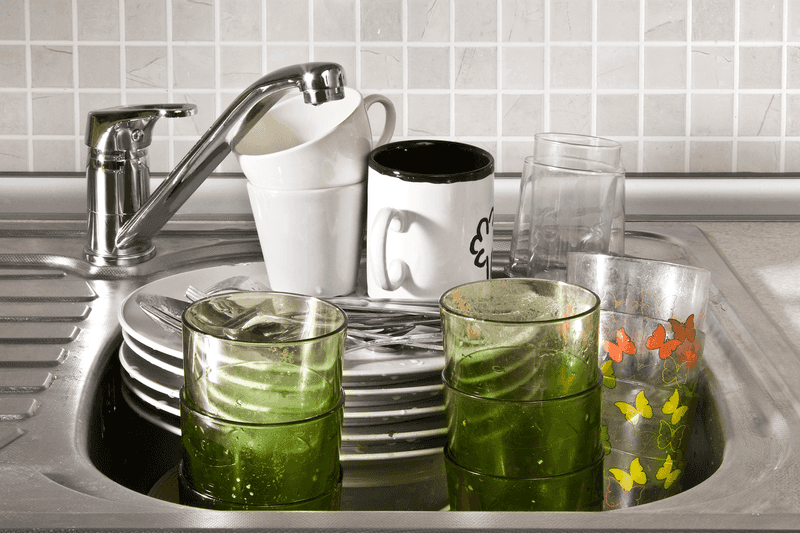
The mountain of crusty dishes in my sink used to grow so tall it deserved its own name and zip code. I’ve implemented a simple rule: no dish sits dirty overnight, period.
Loading the dishwasher immediately after meals prevents food from cementing onto plates like industrial glue. My kitchen perpetually looks guest-ready now, even when the rest of the house is in disarray.
An unexpected benefit: cooking is more enjoyable when I’m not fighting through yesterday’s mess to find counter space!
13. Buying Duplicates Because I Can’t Find The Original
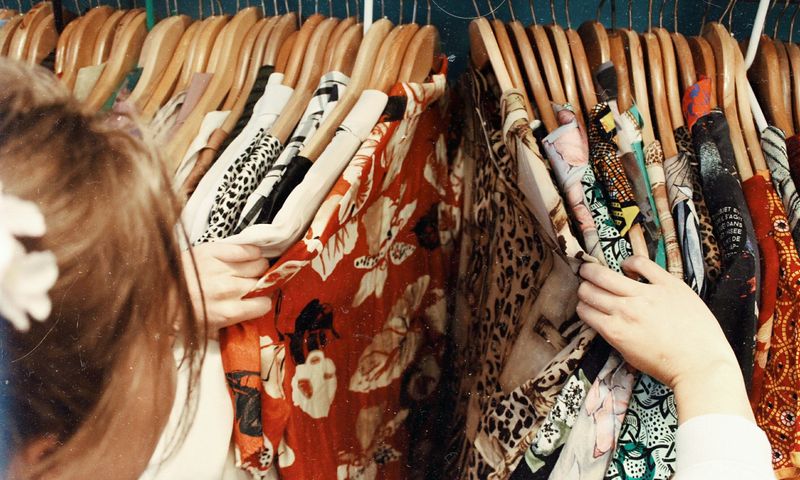
I owned three can openers because I kept buying new ones when the others went missing in my chaotic drawers. Duplicate purchases were my expensive solution to disorganization.
Now everything has a logical, consistent home. My rule is simple: before buying anything, I check if I already own it. This prevents unnecessary purchases and the resulting storage headaches.
As a bonus, I’ve discovered I actually own fewer things than I thought—I was just seeing the same items in different places!
14. Postponing Small Repairs
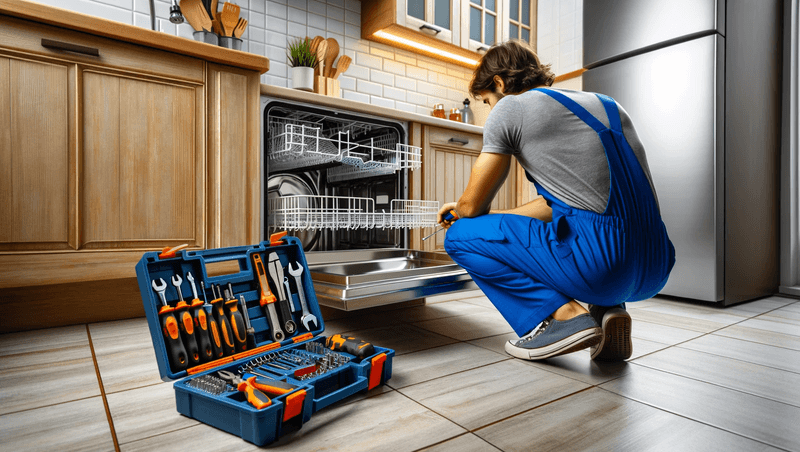
That loose doorknob and dripping faucet used to be permanent residents in my mental “I’ll get to it later” file. Small issues accumulated until my home felt perpetually broken.
I now fix minor problems immediately or schedule specific repair days. Addressing issues promptly prevents them from becoming bigger, costlier problems down the road.
My home feels more cared for and dignified without these small annoyances, and guests notice the difference even if they can’t quite put their finger on why.
15. Letting Laundry Overflow
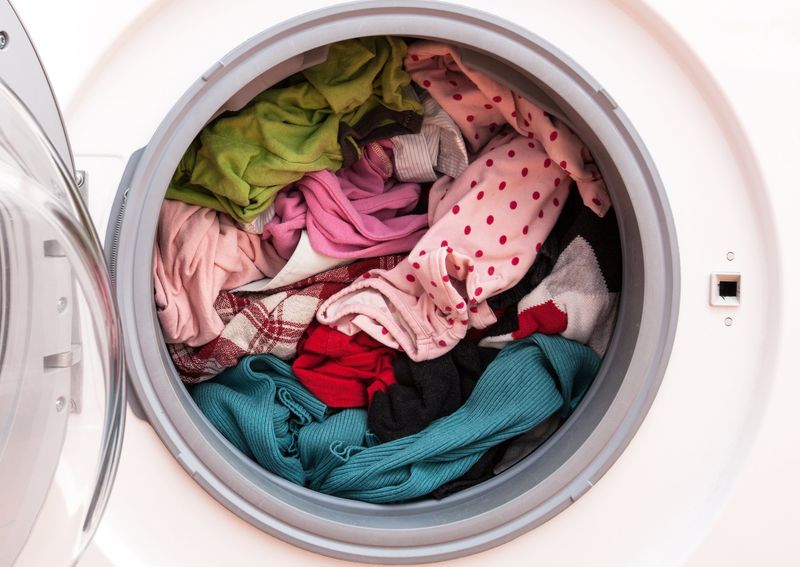
My laundry basket used to perform impressive feats of physics, somehow holding triple its capacity. The overflow created clothing piles that migrated throughout the bedroom like tumbleweeds.
I’ve established a strict laundry schedule with smaller, more frequent loads. Clothes go directly from dryer to closet—no more “clean laundry” piles living on chairs for days!
My bedroom has transformed from a textile storage facility back into a peaceful sanctuary for sleep.
16. Accepting Free Magazines And Catalogs
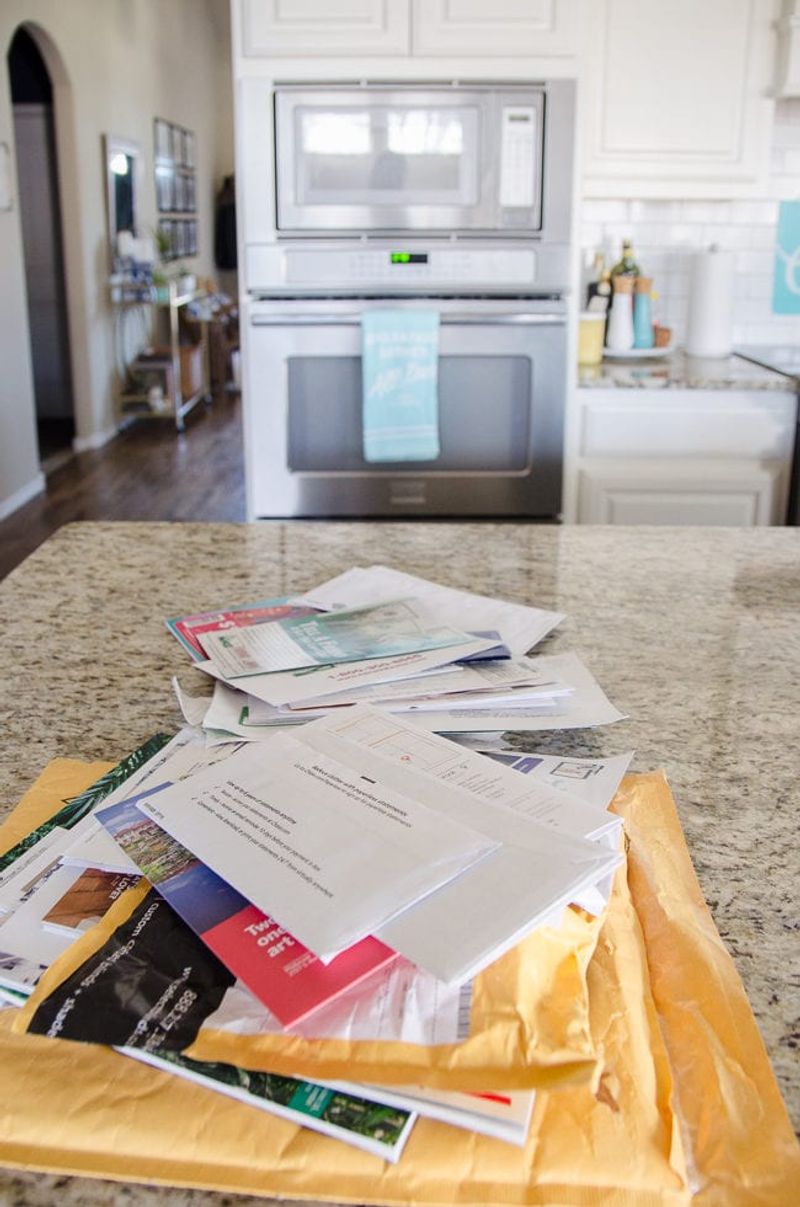
Those glossy catalogs and free local magazines seemed harmless until they colonized every flat surface in my home. Paper multiplies when you’re not looking!
I’ve unsubscribed from physical mailings and opted for digital versions instead. For the few publications I genuinely enjoy, I maintain a single magazine basket that gets purged monthly.
My coffee table can finally breathe again, showcasing only carefully chosen books that reflect my actual interests rather than random promotional materials.
17. Keeping Gifts I Don’t Like
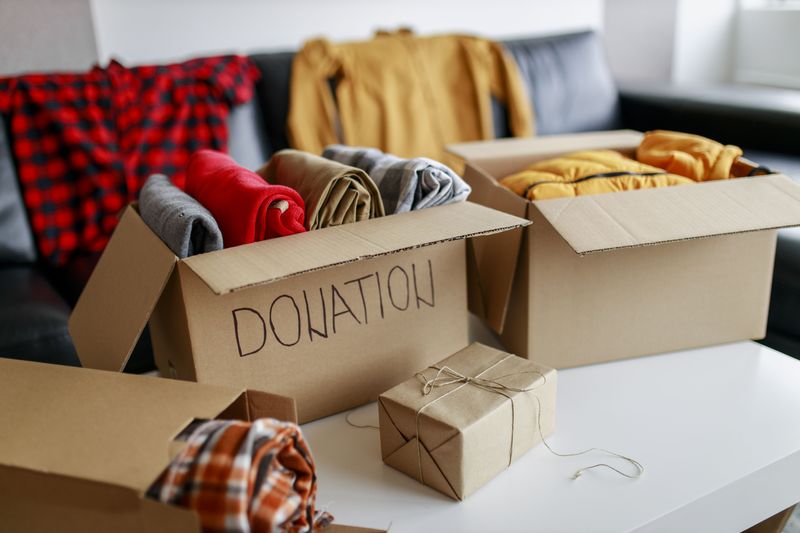
The ugly vase from Aunt Martha and the weird kitchen gadget from my well-meaning neighbor were taking up valuable real estate in my home. I kept them out of guilt, not joy.
I’ve learned that appreciating the thought behind a gift doesn’t require keeping the physical item forever. After expressing genuine thanks, I now quietly donate unwanted gifts to people who will actually use and enjoy them.
My shelves display only items I truly love, creating a space that feels authentically mine.

